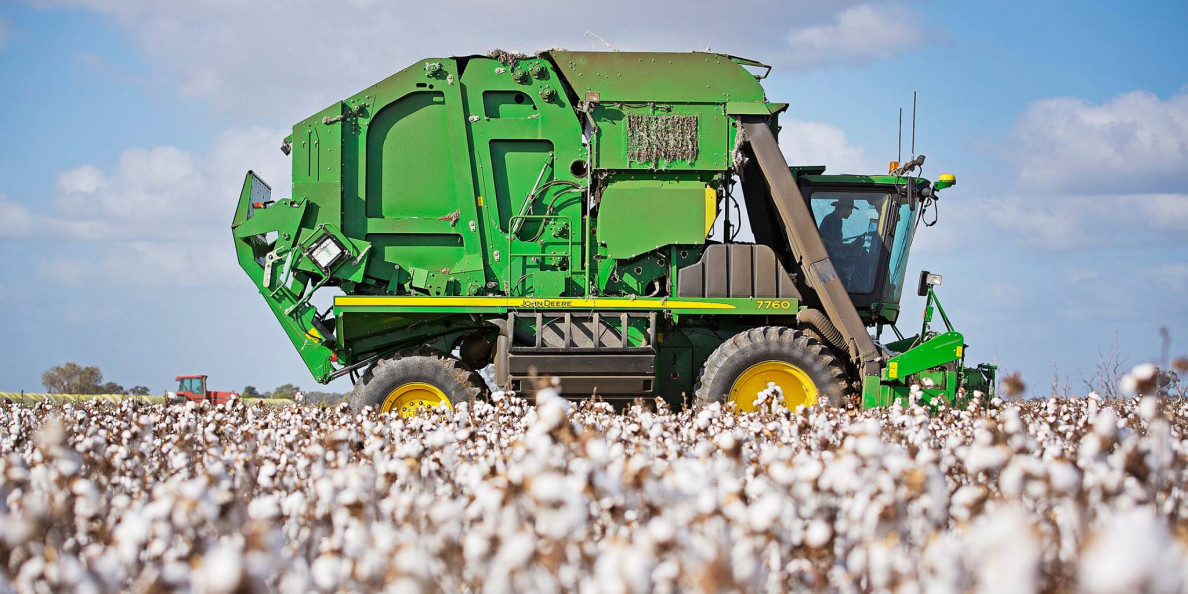For the week ending Friday, September 4, the most active ICE Dec’20 cotton contract climbed back to recent highs, bounced off the resistance above 66 cents, slid three and a half cents, and then recovered back to Friday’s settlement of 64.99 cents per pound (see graph above courtesy of Barchart.com). Early price strength coincided with record high stock indices and a 2+ year low for the U.S. dollar. The September 1 snapshot of Commitment of Traders data showed more speculative buying by both hedge fund and index traders, also reflected with rising open interest and higher price settlements. This week’s subsequent rally of the U.S. dollar and decline in stock and commodity markets set the context for the weakness and partial recovery in ICE cotton futures by Friday.

Fundamental factors this week included continued slippage in weekly crop condition ratings, more hot/dry weather in the Plains (ending with rain and a cool snap), and so-so export net sales numbers (corresponding with last week’s 64-65 cent futures level). Commercial U.S. cotton demand remains reportedly slow (see here, pp. 2-3). Certified stocks continued at the recent low levels. Chinese and world cotton prices were mixed through September 3.
In my opinion, the cotton market can’t avoid the long term bearish implications of USDA’s 2020/21 balance sheet. The longer term damage to cotton consumption by the COVOD-19 pandemic will surely take many months to resolve. In the near term, ICE cotton futures keep bouncing off the 65-66 level, on remaining production uncertainty, Chinese state buying, and unprecedented money flows in the financial sector, created by the Federal Reserve. There is also the possibility of commercial buying from Chinese mills in response to 1) newly available import quota, and 2) potential impacts from sanctioning cotton exports from Xinjiang. But all that remains to be seen.
I think that the normalization of cotton’s global supply chain and consumers’ willingness to buy more apparel may take a while. Hence a return to profitable market price levels may not happen during 2020. (I do see the possibility of higher prices for the ’21 crop, but for bad reasons like La Niña drought.)
From a marketing standpoint, both old crop and new crop cotton prices remain at the low level of the federal program price support. In government-speak, the adjusted world price (AWP) remains below the 52-cent loan rate. This makes for positive loan deficiency payment (LDP) rates for those who sell their cotton in the cash market (being careful to maintain beneficial interest).


